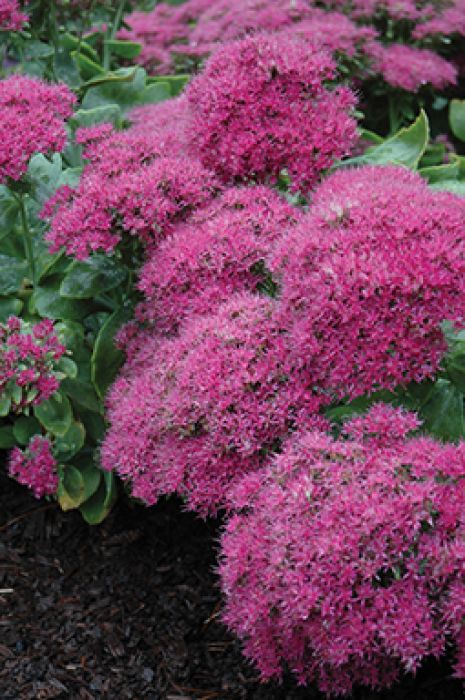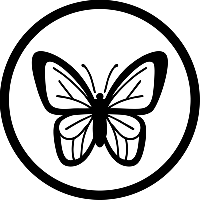Sedum, Showy Stonecrop 'Neon'




Out of stock
Coming soon, still growing- Sun Preference
- Full-Sun
- Bloom Time
- August, September
Description
This is one aptly named perennial, as the abundant glowing fuchsia-pink flowers can be seen from a mile away blooming from late summer into almost early winter; extremely effective in the border, in groupings or as a large groundcover.
Minnesota's Largest Selection of Perennials
Discover an unparalleled selection of perennials at Gertens! With the largest variety in Minnesota, we offer endless options of colorful perennials, natives, and pollinator plants to beautify your garden year after year. From vibrant flowers to lush foliage, our perennials are perfect for adding beauty and charm to your outdoor space. Visit Gertens today and see why we're known as Minnesota's Destination Garden Center!
Details
Height: 24 inches
Spacing: 16 inches
Sunlight: ![]()
![]()
Hardiness Zone: 3a
Other Names: Showy Stonecrop
Description:
This is one aptly named perennial, as the abundant glowing fuchsia-pink flowers can be seen from a mile away blooming from late summer into almost early winter; extremely effective in the border, in groupings or as a large groundcover
Ornamental Features
Neon Sedum has masses of beautiful clusters of fuchsia flowers at the ends of the stems from late summer to late fall, which emerge from distinctive coral-pink flower buds, and which are most effective when planted in groupings. The flowers are excellent for cutting. Its large succulent round leaves remain grayish green in color throughout the season. The fruit is not ornamentally significant.
Landscape Attributes
Neon Sedum is a dense herbaceous perennial with an upright spreading habit of growth. Its relatively coarse texture can be used to stand it apart from other garden plants with finer foliage.
This is a high maintenance plant that will require regular care and upkeep, and is best cleaned up in early spring before it resumes active growth for the season. It is a good choice for attracting bees and butterflies to your yard, but is not particularly attractive to deer who tend to leave it alone in favor of tastier treats. It has no significant negative characteristics.
Neon Sedum is recommended for the following landscape applications;
- Mass Planting
- Border Edging
- General Garden Use
- Groundcover
- Container Planting
Planting & Growing
Neon Sedum will grow to be about 24 inches tall at maturity, with a spread of 24 inches. When grown in masses or used as a bedding plant, individual plants should be spaced approximately 16 inches apart. It grows at a fast rate, and under ideal conditions can be expected to live for approximately 15 years.
This plant does best in full sun to partial shade. It is very adaptable to both dry and moist growing conditions, but will not tolerate any standing water. It is not particular as to soil pH, but grows best in poor soils, and is able to handle environmental salt. It is highly tolerant of urban pollution and will even thrive in inner city environments. This is a selected variety of a species not originally from North America. It can be propagated by division; however, as a cultivated variety, be aware that it may be subject to certain restrictions or prohibitions on propagation.
Neon Sedum is a fine choice for the garden, but it is also a good selection for planting in outdoor pots and containers. With its upright habit of growth, it is best suited for use as a 'thriller' in the 'spiller-thriller-filler' container combination; plant it near the center of the pot, surrounded by smaller plants and those that spill over the edges. Note that when growing plants in outdoor containers and baskets, they may require more frequent waterings than they would in the yard or garden. Be aware that in our climate, most plants cannot be expected to survive the winter if left in containers outdoors, and this plant is no exception. Contact our store for more information on how to protect it over the winter months.
More Information
| Common Family Name | Stonecrop |
|---|---|
| Gerten Grown Plants | Gerten Grown Plants |
| Sun Preference | Full-Sun |
| Bloom Time | August, September |
| Mature Spread (Range) | 12" - 24" |
| Mature Height (Range) | 13" - 24" |
| USDA Hardiness Zone | 3, 4, 5, 6, 7, 8, 9 |


